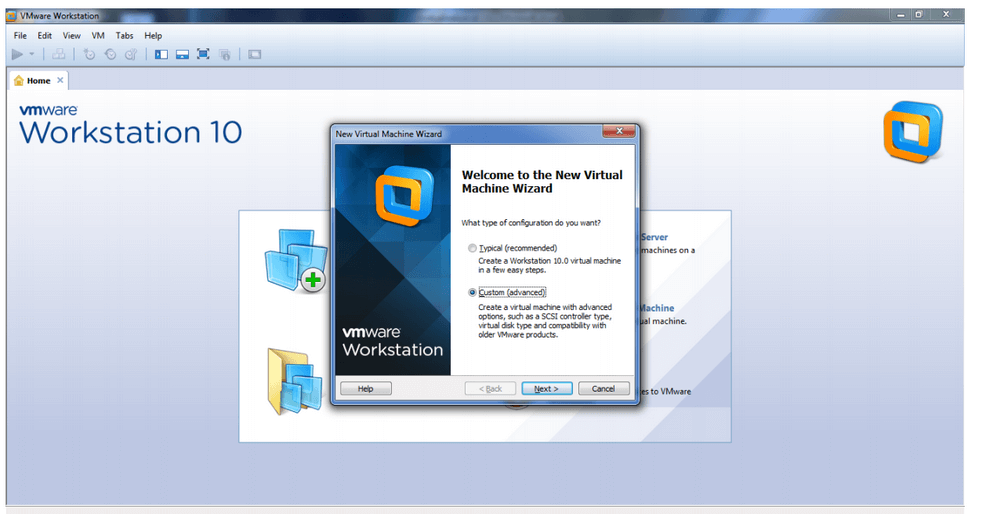

Containers are implemented via other solutions like LXD, systemd-nspawn, containerd and others. While virtualisation is similar to containers in many ways, they are also different. QEMU provides the user-space backend for the KVM experience, but it also can be used for hardware without virtualisation extensions through its Tiny Code Generator (TCG) mode. KVM is also available for IBM Z and LinuxONE, IBM POWER, and ARM64. Wind River Linux virtualization supports both virtualization styles, either in separated virtual nodes as illustrated in the figure, or inside a single. For Intel and AMD hardware, KVM requires virtualisation extensions. The default virtualisation technology supported by Ubuntu is KVM.

If you are a systems administrator, you can use virtualisation to more easily separate your services and move them around based on demand. If you are a developer, virtualisation provides you with a contained environment where you can safely do almost any sort of development without messing up your main working environment. Virtualisation is being adopted in many different environments and situations. We have guides written earlier on which can be used for the installation. Messsage Signaled Interrupts (MSI) = DMA writes to the hostĪddress range of the IRQ controller (e.g.Multi-node configuration with Docker-Composeĭistributed Replicated Block Device (DRBD) Step 1: Install Open vSwitch on Linux system The first step is installation of Open vSwitch packages on your Linux system.VT-d protects and translates VM physical addresses using an I/O

Is send to the VMM which injects the interrupt to the guest just as Interrupts from the device are handled by the host kernel and a signal Guest to access the MMIO directly by mapping through its page tables. Instead of trapping MMIO as with emulated devices we can allow the


 0 kommentar(er)
0 kommentar(er)
